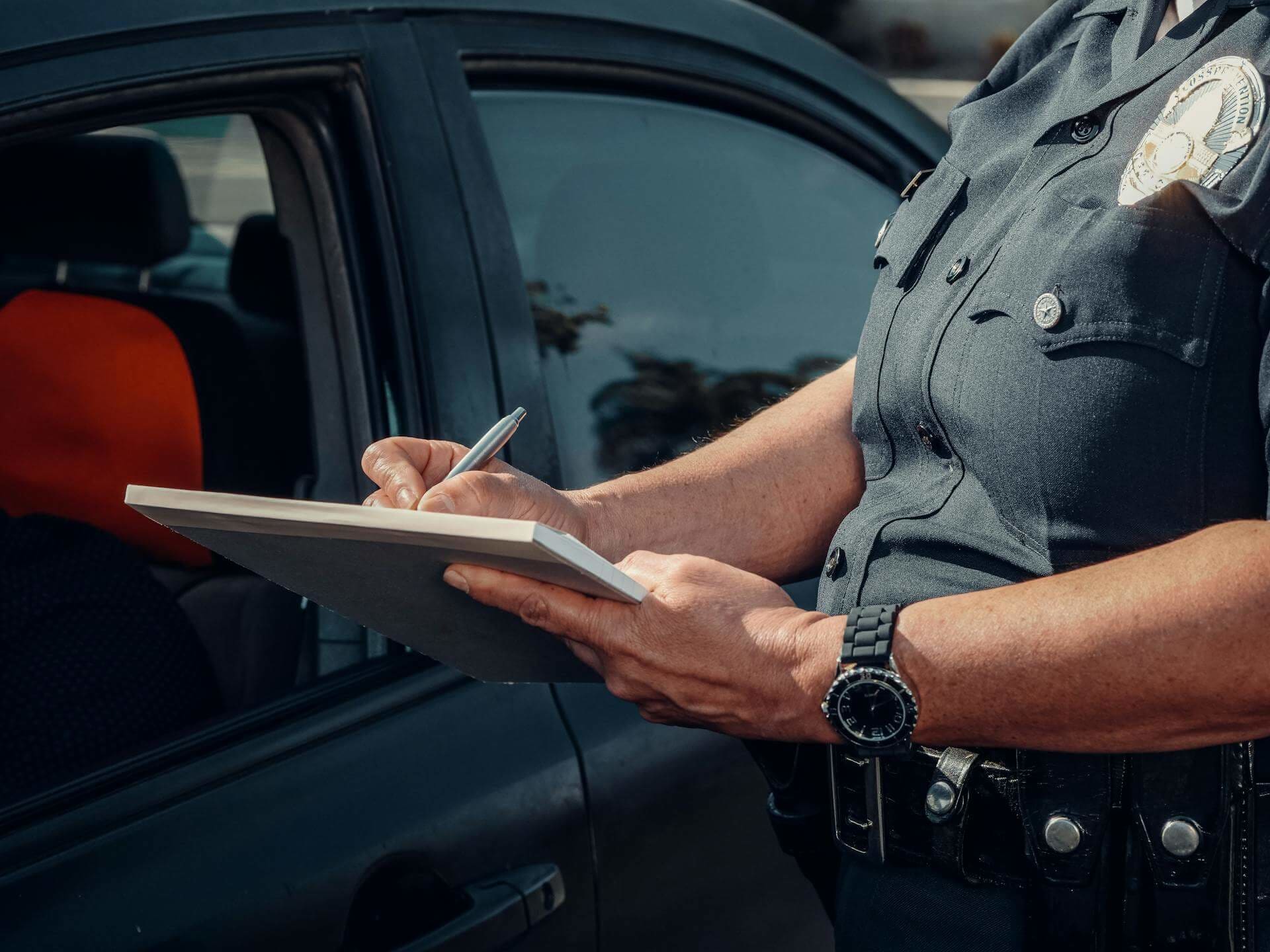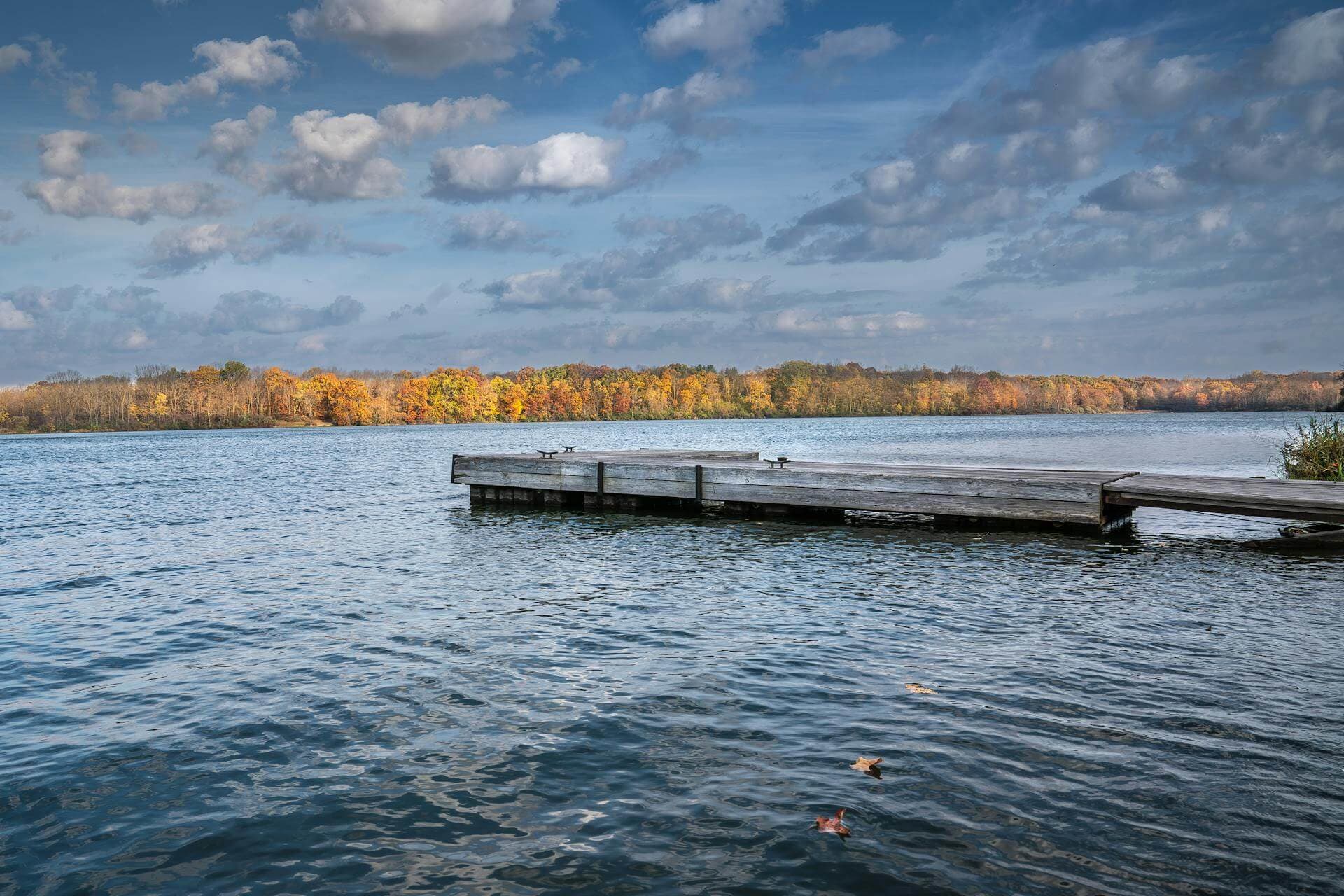
Colorado Window Tint Laws [Updated 2025]
Complete Guide to Window Tinting Regulations in Colorado
Quick Facts
Law Established
Enacted: 1995
Medical Exemptions
Prohibits medical exemptions for special tint.
Window Tint Requirements By Vehicle Type
Sedans
Windshield:
Non-reflective tint with 70% VLT can be applied on the top 4 inches of the windshield.
Reflection: No metallic or mirrored appearance.
Front Side Windows:
Needs to allow over 27% light transmission.
Reflection: No metallic or mirrored appearance.
Back Side Windows:
Needs to allow over 27% light transmission.
Reflection: No metallic or mirrored appearance.
Rear Window:
Needs to allow over 27% light transmission.
Reflection: No metallic or mirrored appearance.
SUVs & Vans
Windshield:
Non-reflective tint with 70% VLT can be applied on the top 4 inches of the windshield.
Reflection: No metallic or mirrored appearance.
Front Side Windows:
Needs to allow over 27% light transmission.
Reflection: No metallic or mirrored appearance.
Back Side Windows:
Needs to allow over 27% light transmission.
Reflection: No metallic or mirrored appearance.
Rear Window:
Needs to allow over 27% light transmission.
Reflection: No metallic or mirrored appearance.
Additional Requirements
Side Mirrors
Dual side mirrors required if back window is tinted.
Restricted Colors
The tint color(s) of red and amber are banned legally.
Certification Requirements
Film manufacturers not required to certify the film sold.
Certification Stickers
Law suggests but does not mandate labels to identify legal tint.
Penalties and Enforcement
Class B traffic infraction, or misdemeanor with $500-$5000 fine.
Official Resources
Expert Window Tinting Resources

Common Myths About Car Tint Laws: What You Need to Know
Discover the truth behind common car window tinting myths. Learn about state regulations, legal tint levels, and what's actually allowed for your vehicle.

How to Obtain a Window Tint Prescription
Learn about medical exemptions for window tinting, qualifying conditions, and the step-by-step process to obtain a prescription. Complete guide to tint exemptions.

How to Avoid Getting a Tint Ticket
Learn about window tinting laws, state-specific regulations, and practical tips to avoid tint tickets. Expert guide on VLT requirements and compliance.
Explore Other State Laws
Frequently Asked Questions
Find Local Window Tinting Services in Colorado
Discover certified window tinting professionals in Colorado who stay up-to-date with local regulations and provide compliant installation services.



